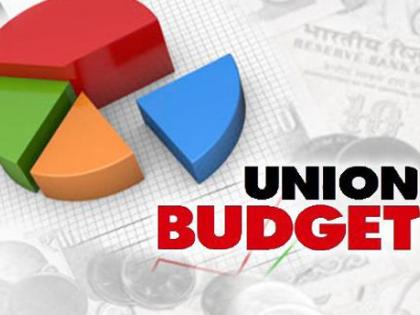Budget 2023: Key budget terms you should know
By Lokmat English Desk | Updated: January 19, 2023 16:03 IST2023-01-19T16:01:47+5:302023-01-19T16:03:09+5:30
Fiscal Deficit: The gap between the government's revenue and spending is termed as fiscal deficit. For the current financial year ...

Budget 2023: Key budget terms you should know
Fiscal Deficit: The gap between the government's revenue and spending is termed as fiscal deficit. For the current financial year government, India's April-November fiscal deficit widens on-year to 58.9 per cent of FY23 aim.
Income Tax: The tax levied on individual income from various sources like salaries, business income, investments, interest is known as income tax.
Non-Plan Expenditure: Non-plan expenditure covers all expenditure of government not included in the budget.
Plan Outlay: Plan outlay is the amount of expenditure granted on projects, schemes and programmes announced in the budget. The money for the Plan Outlay is raised through budgetary support and internal and extra-budgetary resources.
Planned Expenditure: Money granted from the government's account for the central schemes is called Planned expenditure. This expenditure is developmental purpose and is spent on schemes detailed in the budget.
Primary Deficit: Fiscal deficit minus interest payments is called the primary deficit. It indicates how much the government will borrow for meeting expenses other than interest payments.
Revenue Deficit: The difference between revenue expenditure and revenue receipt is known as revenue deficit.
Revenue Budget: The Revenue Budget consists of revenue receipts received by the government and the expenditure met out of those revenues. Tax revenues are made up of taxes and other duties that the government collects.
Revenue Receipts: Revenue receipts consist of tax collected by the government and other receipts consisting of interest and dividend on investments made by government, fees and other receipts for services rendered by government.
Revenue Expenditure: Revenue expenditure is for the normal running of the government's department and various services, interest charged on debt incurred by government, subsidies, etc.
Tax Revenue: Tax revenue is the amount of money collected by the government from taxes on income, profits, and the consumption of goods and services. This includes both direct and indirect taxes. Tax revenue is the primary source of government income.
Direct Tax: Direct tax is a type of tax that is imposed on the income of individuals and businesses. In this case, the person who pays the tax and the person on whom the tax is imposed are the same. Examples of direct taxes include income tax, corporate tax, property tax, and inheritance tax.
Gross Domestic Product (GDP): GDP (Gross Domestic Product) is a measure of the monetary value of all goods and services that are intended for final consumption and produced within a country's borders in a specific period of time (such as a quarter or a year). It takes into account all the output produced within a country during that period
Open in app